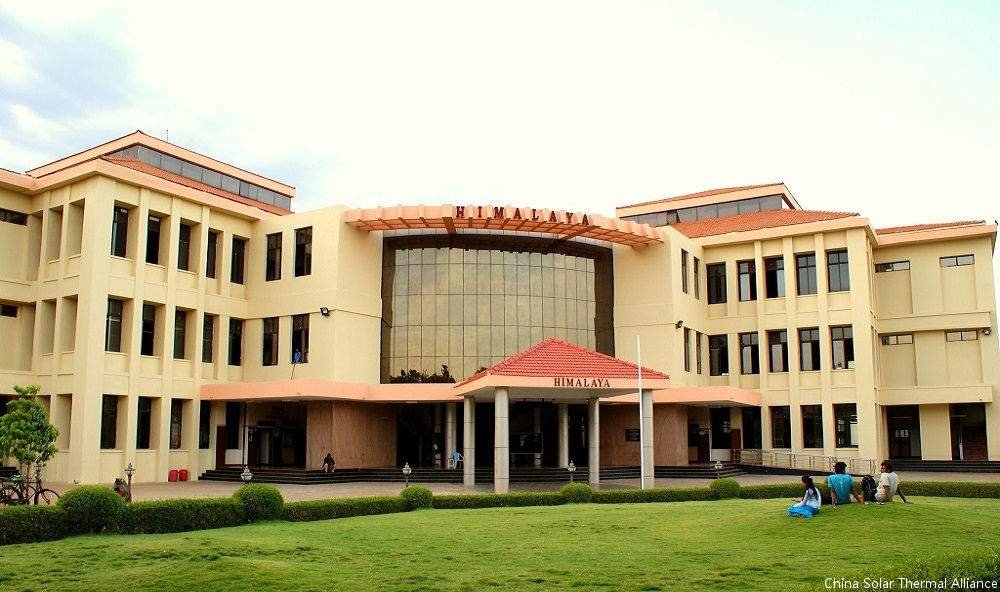Researchers at the Indian Institute of Technology-Madras (IIT-M) have developed a low cost Solar ‘Parabolic Trough Collector’ (PTC) system for concentrating solar energy with industrial applications in areas such as desalination, space heating and space cooling, among others. This indigenously designed and developed system was lightweight with high energy efficiency under Indian various climatic and load conditions.

"The system can be integrated effectively with various process heat applications and help manufacturers and researchers in solar energy make devices with higher efficiency", a release from the IIT-M said today. The National Solar Mission was launched with the target of providing 20,000 MW through solar power by 2022. However, lower rate of energy generation through solar power was a major roadblock in achieving this target.
Technologies such as this one developed by IIT-M researchers could help meet this target. Prof K Srinivas Reddy, Heat Transfer and Thermal Power Laboratory, Department of Mechanical Engineering, IIT-M, who led the research, said solar energy technology was the most propitious technology for clinching sustainability in the energy domain. Particularly, Concentrated Solar Power (CSP) technology could meet thermal and electrical energy demands due to its high dispatchability and reliability.
States such as Bihar, Haryana, Madhya Pradesh, Maharashtra and Gujarat, among others, have great potential to harness this energy, which could reduce the combustion of non-renewable and polluting sources of energy such as coal and petroleum, the release said. The research team tested the efficiency of this installed system in terms of optical efficiency and thermal efficiency. Optical efficiency is the amount of energy, which is absorbed by the tube over the total energy received by the collector.
Thermal efficiency, on the other hand, was the heat collected over the heat gain by the system. They found that the optical efficiency of the evacuated system is 72 per cent and non-evacuated system is 68 per cent when the heat loss is minimised, it said.